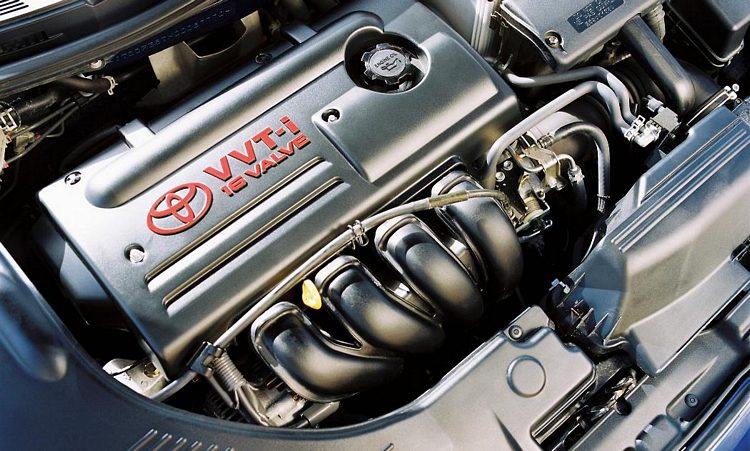Not all engines are designed the same. The more advanced the engine, the more power the engine can deliver while maintaining lower emission and lower fuel consumption. However some motorists appear not to understand this.
Some think innovations like the VVTi (Variable Valve Timing with Intelligence) engine are just a marketing gimmick. Well, they are wrong.
VVTi is a sophisticated valve timing control mechanism developed by Toyota; and embraced by other manufacturers such as Honda’s VTEC, BMW and others.
Using a VVTi correctly can save a driver up to 20% fuel compared to non-VVTi engine. However using VVTi incorrectly could waste 30% of fuel compared to non-VVTi engine. So it is a double edged sword.
Part of the explanation is that VVTi utilise the backflow of the exhaust gases into the intake port to reduce engine power loss and use up unburnt fuel contained in the exhaust gases to lower the combustion temperature. Using sensors to monitor the engine RPM, the VVTi gradually delays the timing that closes the valve so that the maximum amount of air-fuel mixture can be drawn in according to the increase in the engine speed. This results in a longer intake lag. Compared to conventional engine, VVTi engine can deliver more torque at lower RPM range and more horsepower at higher RPM while maintaining fuel efficiency and lower emission.
However, as with any other system, using VVTi properly requires learning. It took me almost three months to learn what I am sharing now.
First thing is that you will need to study your engine’s characteristic. Usually VVT-i engine will change its timing between low engine speed and high engine speed at around 3000 RPM. Try to find the difference between low speed timing and high speed timing. Usually you will feel that the car’s acceleration goes faster at that RPM. You will then need to check the lowest RPM that your engine can work to move your car on straight and level road. Check it on each gear. Usually it will be near 2000 RPM. This is where VVTi play; it could deliver 90% of its torque from RPM as low as 2000. Then you will need to change your driving habit. To drive quickly you will need to press the throttle quickly but then shift up just under the engine’s timing change RPM. So, if your engine’s timing changes RPM is at 3000, you will need to shift at 2950. Usually the engine and transmission is designed to work together so the RPM could drop to just above the lowest RPM to move the car comfortably.
This will preserve the car’s swiftness and save some fuel.
Contrary to popular belief on pressing the throttle softly to higher RPM; my theory says that we should press the throttle quickly to high RPM. This comes from of high school physic theory. The higher the RPM the more horse power your engine delivers. The longer you stay at high RPM the more energy you waste. The quicker you press the throttle the quicker you reach desired RPM and the quicker you shift to the next gear. This will reduce the time required to reach the desired speed, so the ‘T’ variable will be small. Then by using lower RPM means lower average power output from the engine, therefore reducing the ‘P’ variable. With ‘P’ and ‘T’ small the ‘E’ will be small as well, while ‘E’ is the factor that directly related to fuel consumption.
Did you love the story? You can also share YOUR story and get it published on Bizna Click here to get started.







I like your article, what about a D4 VVTI engine?